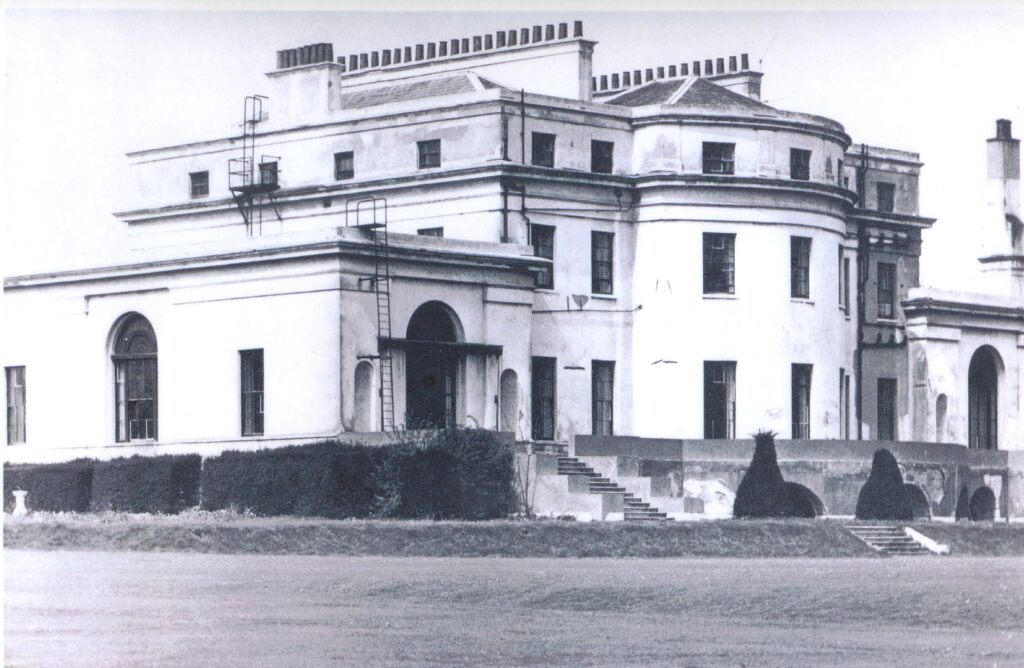Secret Houses
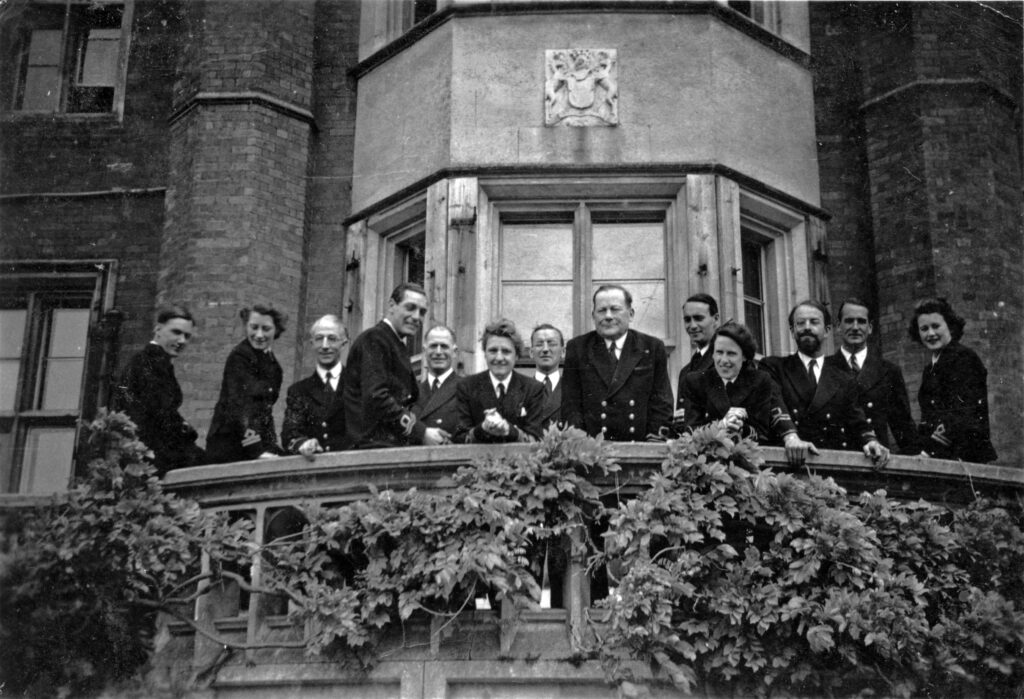
The eavesdropping operation on German POWs by British Intelligence in WWII had no blueprint. It was the brainchild of Thomas Kendrick, MI6 spymaster who opened his first unit in The Tower of London in September 1939. By 1940 it had moved to Trent Park, Cockfoster in North London. Two more sites were requisitioned in 1941 to process over 10,000 German prisoners of war. The sites were Latimer House (near Amersham) and Wilton Park at Beaconsfield in Buckinghamshire.
The unit used the cover-name Combined Services Detailed Interrogation Centre (CSDIC) and came under the branch of military intelligence known as MI9, then later as part of MI19. Over 1,000 women and men worked in complete secrecy across these 3 sites and never spoke about their work. They had signed the Official Secrets Act.
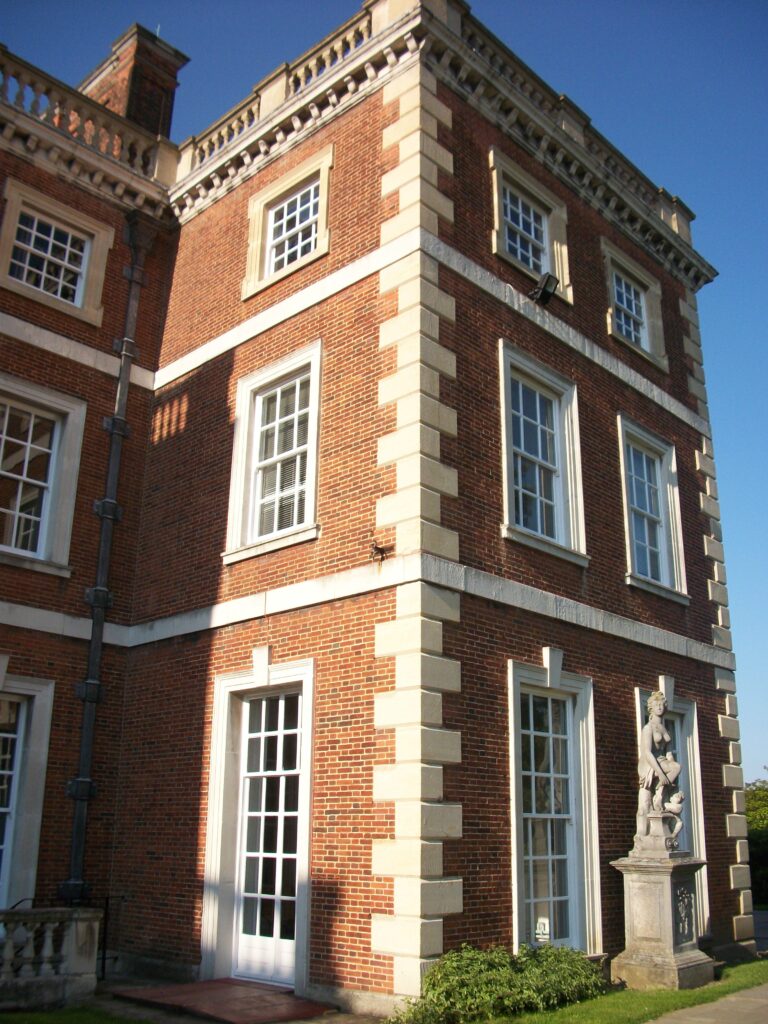
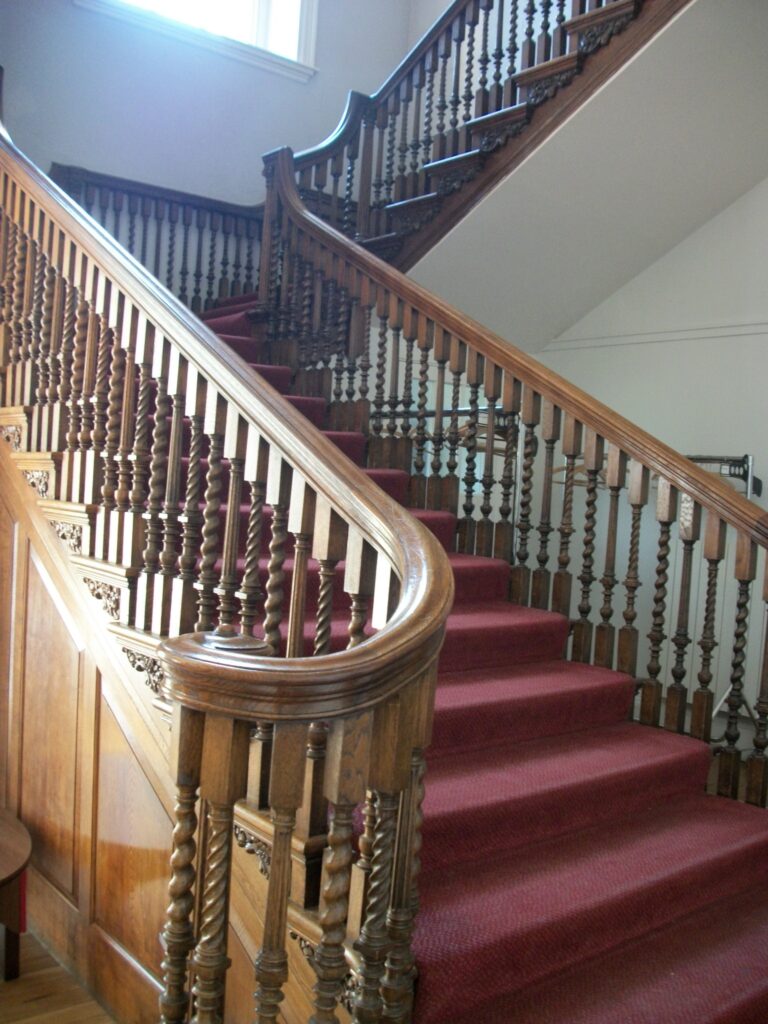
In October 1939 the War Office requisitioned Trent Park mansion house, the stable block and the parkland for ‘special purposes’ . It became a top secret site to gain intelligence from German prisoners of war. Thousands of captured U-boat and German air force POWs gave up information to the hidden microphones in their rooms after interrogation.
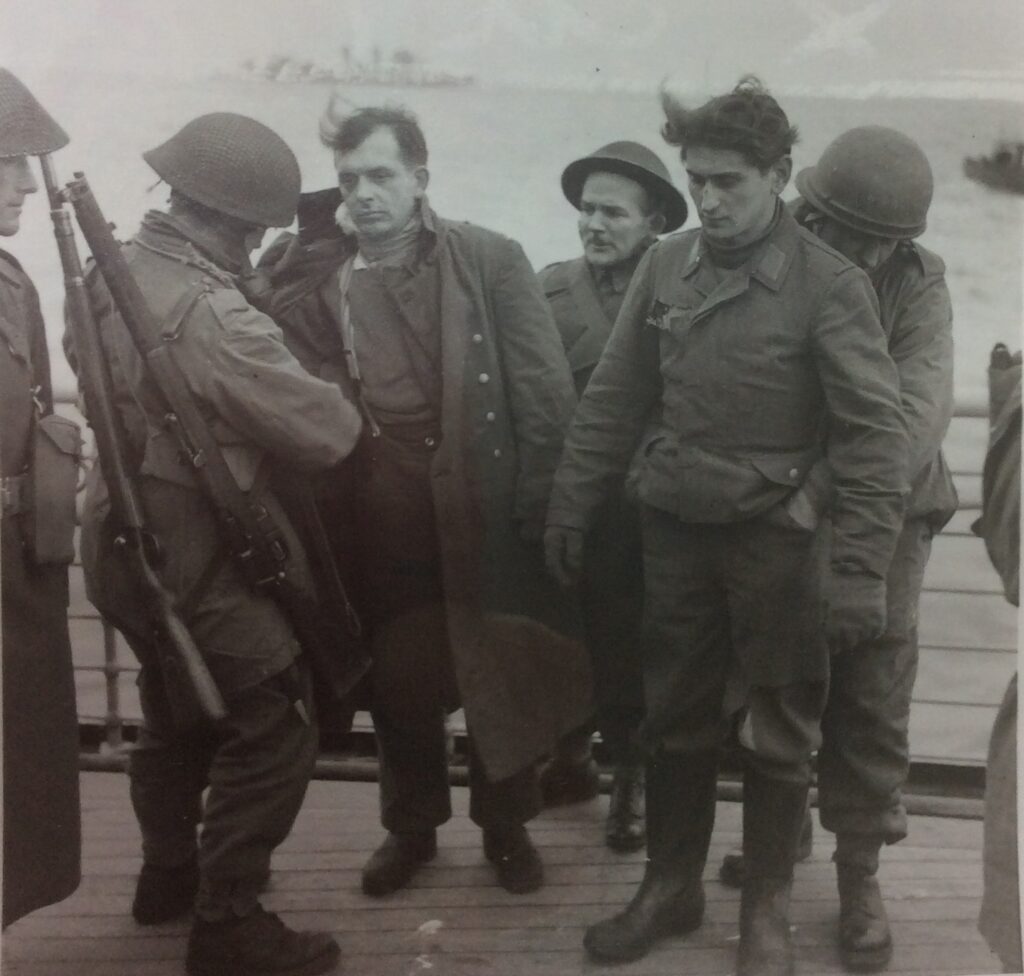
Latimer House in Buckinghamshire became the headquarters of the bugging operation from 1941 until November 1945. In the comfortable panelled library and dining room, Colonel Kendrick frequently wined and dined his guests like a gentleman’s club. It was here and on the terrace outside that he discussed with intelligence chiefs and Allied commanders about the progress of the war and latest intelligence gathered from his prisoners.
It became officially known as Camp 30 or No. 1 Distribution Centre (No.1 DC). The prisoners were told that they were being held in ‘Camp 7’ – a fictitious title for Latimer House. Interrogator Dr John Whitten described Latimer House as: ‘a very secret place.’
US intelligence personnel, including from the FBI in Washington, passed through the site for special intelligence training by Kendrick’s officers, for anything from two weeks to two months.
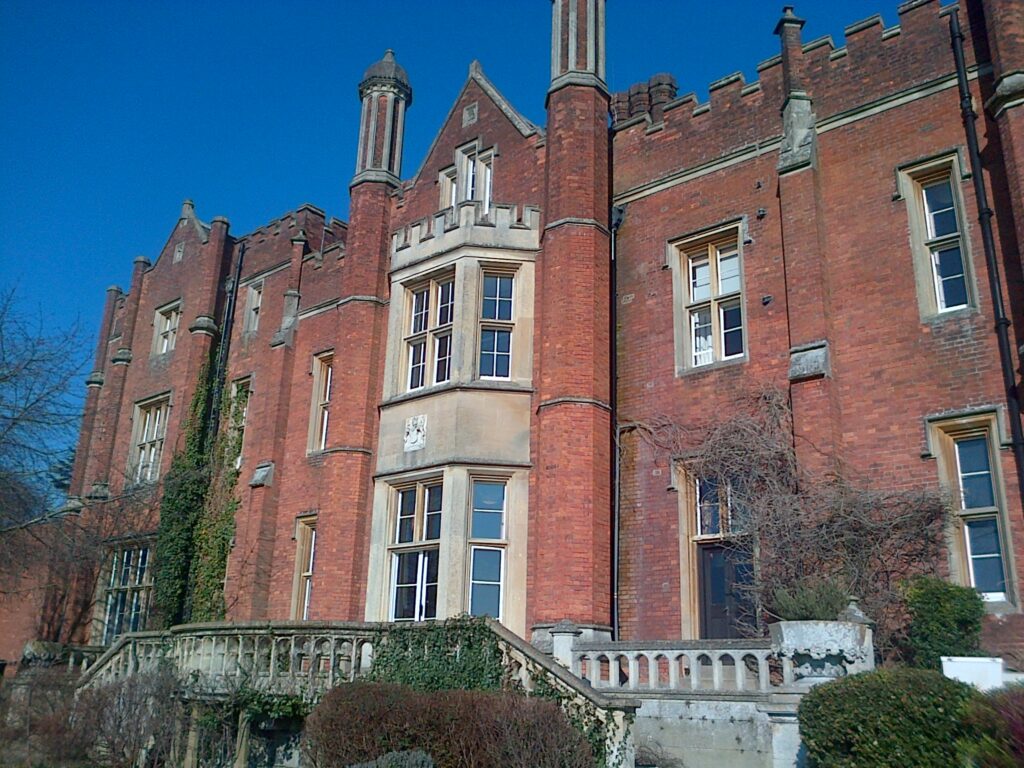
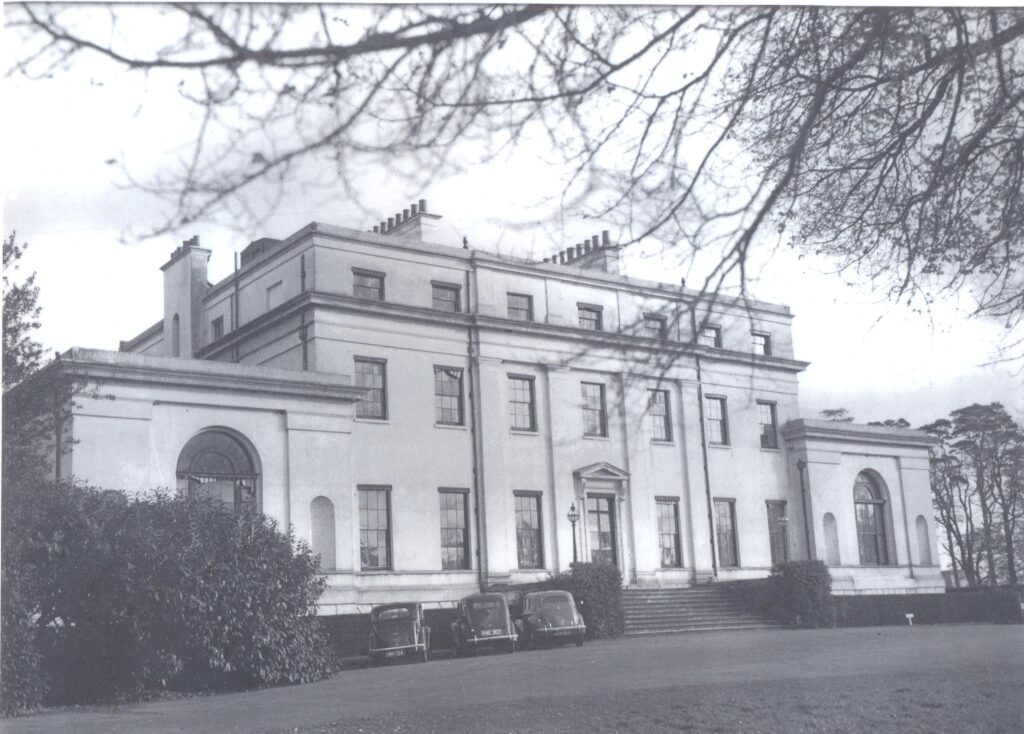
Wilton Park became the third special site in the bugging operation. It initially held captured Italian generals and some lower rank German POWs. Later, it housed German generals for a few days of interrogation before transfer to Trent Park.
Major General Heinrich Kreipe was the subject of a daring kidnap in Crete by SOE on 25 May 1944. He was brought first to Wilton Park, then moved to Trent Park. Kreipe discussed the secret weapon – the V-weapons – with other senior German officers and reiterated his belief that their existence was real. Keeping track of Hitler’s deadly V-1 and V-2 programme was a high priority for British Intelligence.
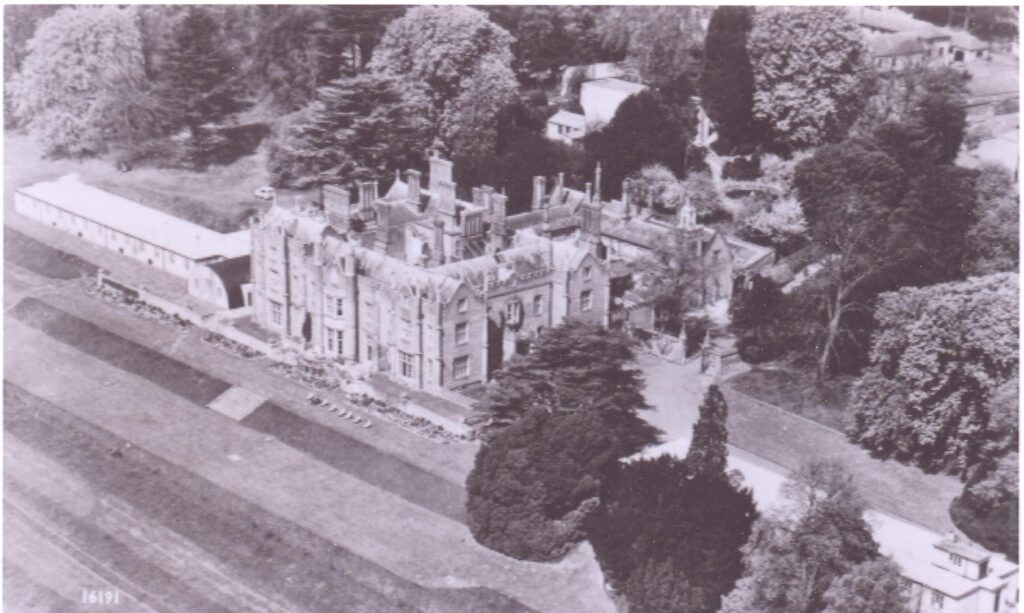
Lt.Col. St. Clare Grondona who wrote after the war: ‘Had it not been for the information obtained at these centres (Trent Park, Latimer House and Wilton Park), it could have been London and not Hiroshima which was devastated by the first atomic bomb.’
